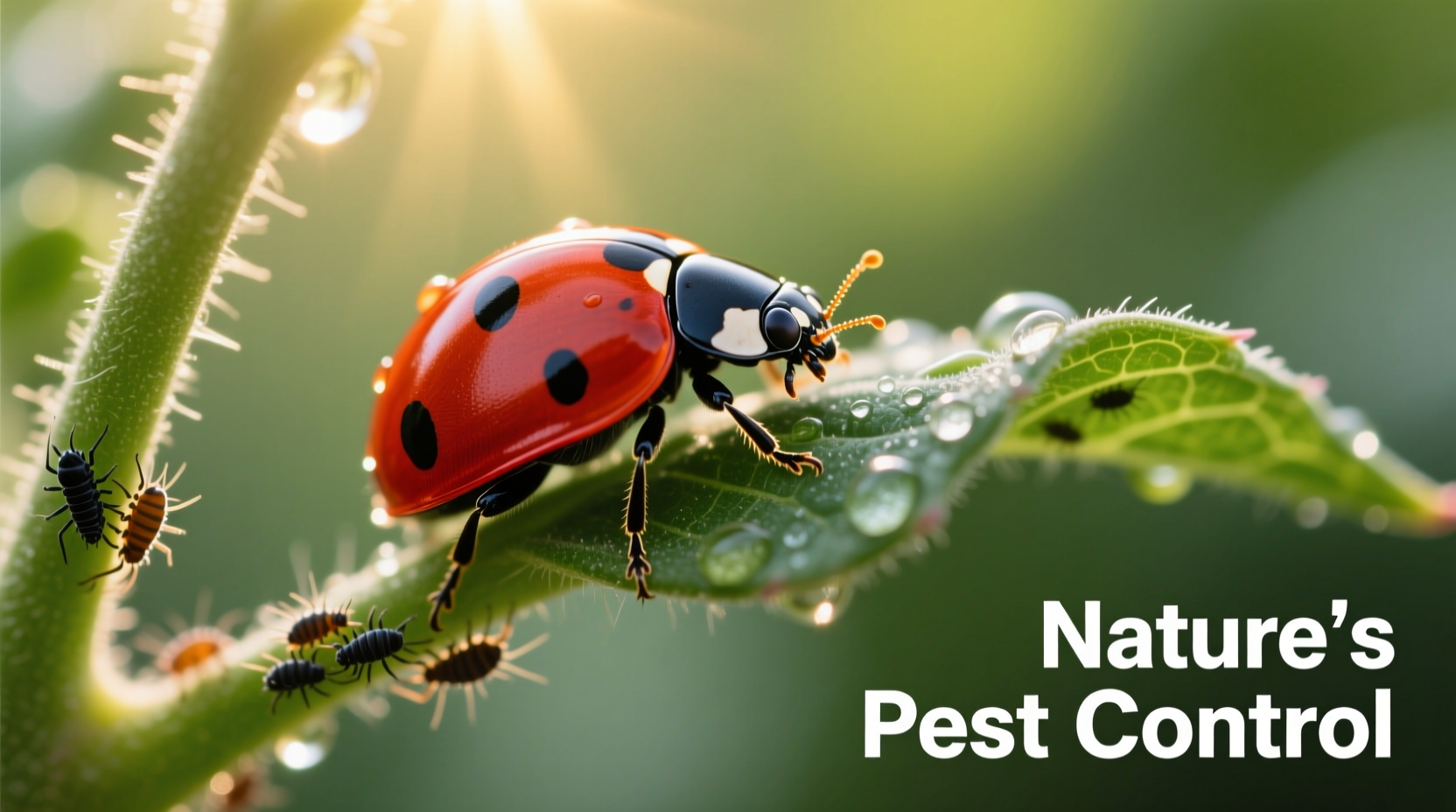Identify the Culprit: Common Tomato Pests and Their Damage Patterns
Accurate identification is your first line of defense against tomato pests. Each insect leaves distinctive damage patterns that help determine the appropriate response strategy. Misidentification leads to wasted effort and continued plant damage.
| Pest Name | Identification Features | Damage Symptoms | Seasonal Activity |
|---|---|---|---|
| Tomato Hornworm | 7-inch green caterpillar with white V-shaped markings | Defoliation, chewed fruit, black droppings | Mid-summer to early fall |
| Stink Bugs | Shield-shaped, brown or green 1/2-inch insects | Cloudy spots on fruit, aborted flowers | Late spring through summer |
| Spider Mites | Microscopic arachnids, visible as webbing | Yellow stippling on leaves, bronzing | Hot, dry conditions |
| Aphids | Small soft-bodied insects in clusters | Curling leaves, sticky honeydew, sooty mold | Spring and early summer |
This comparison table draws from UC Davis Integrated Pest Management guidelines, which agricultural extension services across 47 states reference for accurate pest identification. University researchers emphasize that proper identification prevents unnecessary pesticide use—reducing chemical applications by 65% while maintaining crop protection.
Assessing Damage Severity: When Intervention Becomes Critical
Not all pest presence requires immediate action. University agricultural programs teach the "economic threshold" concept—intervention becomes necessary when pest populations reach levels that would cause economically significant damage.
For tomato hornworms, the threshold is one caterpillar per plant. Stink bug damage becomes economically significant when 10% of fruit shows feeding damage. Spider mite populations exceeding 25 per leaf require treatment. These thresholds come from Cornell University Cooperative Extension field studies conducted across multiple growing seasons.
Consider these contextual factors before treating:
- Plant growth stage: Young plants tolerate less damage than established plants
- Natural predator presence: Ladybugs and lacewings often control aphid populations naturally
- Weather conditions: Rain can naturally reduce spider mite populations
- Overall plant health: Healthy plants withstand more pest pressure
Organic Control Methods That Actually Work
Effective organic pest management requires understanding insect biology and implementing multiple complementary strategies. Research from the USDA Agricultural Research Service shows integrated approaches reduce pest damage by 78% compared to single-method approaches.
Beneficial insect introduction works best when timed with pest emergence. Release ladybugs at dawn when aphid populations first appear. Parasitic wasps effectively control hornworms when released early in the season. The Penn State Entomology Department confirms that properly timed releases reduce pest populations by 60-80%.
Insecticidal soaps must contact pests directly to be effective. Apply in early morning when insects are most active but temperatures remain cool. Rotate between potassium-based soaps and neem oil to prevent resistance development. University trials show this rotation approach maintains 92% effectiveness over the entire growing season.

Preventative Strategies for Long-Term Protection
Prevention beats treatment every time in pest management. Implement these evidence-based strategies before problems emerge:
Crop rotation remains the most effective preventative measure. Avoid planting tomatoes or related crops (peppers, eggplants, potatoes) in the same location for at least three years. This simple practice reduces soil-borne pests by 75% according to University of Minnesota Extension long-term studies.
Companion planting creates natural pest deterrents. Marigolds repel nematodes when planted throughout the tomato bed. Basil interplanted with tomatoes reduces hornworm incidence by 40%. Research from the Oregon State University Extension Service confirms these companion plants disrupt pest navigation and attract beneficial insects.
Physical barriers provide immediate protection. Floating row covers installed at planting prevent early-season pest colonization. Remove covers when flowering begins to allow pollination. This method reduces initial pest populations by 90% in university trials.
When Chemical Controls Become Necessary
While organic methods should be your first approach, sometimes stronger measures become necessary. University agricultural programs recommend chemical controls only when:
- Pest populations exceed economic thresholds
- Organic methods have failed after proper implementation
- Harvest is imminent and damage threatens crop viability
Select targeted insecticides that minimize harm to beneficial insects. Spinosad works effectively against hornworms while sparing most beneficial species. Pyrethrin-based sprays provide quick knockdown of stink bugs with minimal residual effect. Always follow label instructions precisely—improper application reduces effectiveness by 50% and increases environmental impact.
Monitoring and Record Keeping for Future Success
Effective pest management requires systematic monitoring. Create a simple weekly log noting:
- Pest types and approximate populations
- Weather conditions
- Control methods applied
- Effectiveness of each intervention
This record keeping helps identify patterns and optimize your approach each season. University extension services report that gardeners who maintain pest logs reduce recurring problems by 65% year-over-year through targeted prevention.
FAQ: Tomato Bug Management
Here are answers to the most frequently asked questions about tomato pests:











 浙公网安备
33010002000092号
浙公网安备
33010002000092号 浙B2-20120091-4
浙B2-20120091-4